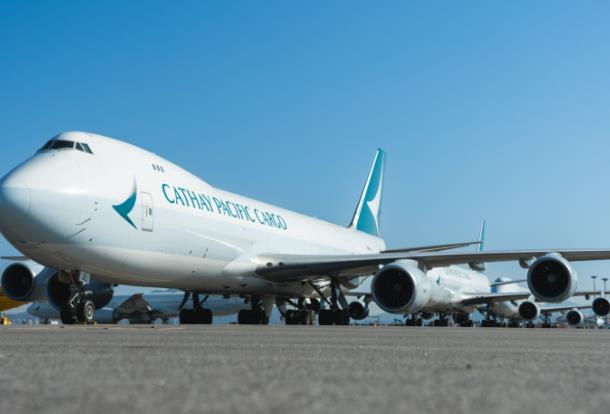Top Asia Pacific destinations for Mainland China outbound travelers continue to report a hotel occupancy impact amid the outbreak of coronavirus (COVID-19), according to preliminary February data from STR.
Pulling from Tourism Economics’ global top 20 for Mainland China outbound travel, STR analyzed 14 markets for a six-week period beginning with 6 January and ending with 16 February.
“With so much dependence on Chinese arrivals, it was anticipated that key markets around the region would see a negative impact from the coronavirus outbreak,” said Jesper Palmqvist, STR’s area director for the Asia Pacific region. “In certain markets, we saw an almost immediate decline in occupancy levels in the early days of February. Already a low business travel period due to the Chinese New Year holiday, drops in occupancy were worsened in the wake of the World Health Organization’s announcement of a global health emergency on the 30th of January. The impact will likely continue until containment is reported and recovery begins.”
When comparing the first week of the analysis with the last, Macau saw the steepest occupancy decline (-97%), falling from absolute level of 96% to just 3% in a matter of six weeks. Palmqvist notes the 15-day shutdown of casinos in the market as a key reason behind the significant drop. Hong Kong (-64% to 25%), already suffering from a political crisis, and Taiwan (-59% to 26%) were next on the list of decreases. Australia (+11% to 73%) and Indonesia (+4% to 58%) reported increases in the metric thanks to more recent gains.
“For those more moderate impact markets, consistent occupancy declines began with the week of Chinese New Year,” Palmqvist said. “The new and lower levels for these markets are in line with what was seen after the global financial crisis in 2009.
“For those markets with more stable occupancy, less dramatic declines are partially due to distance from Mainland China, volume of visitors, stronger domestic or diverse travel drivers and a reasonably solid level of continued airlift. Australia was already off to a quiet start in 2020 due to the bushfires in several populated states in the country. Indonesia has felt some occupancy and rate impact in Bali, a popular market for Chinese travelers now gone, but not at the same levels as elsewhere.”
U.S. dollar constant currency, January 2020 vs. January 2019
Asia Pacific
• Occupancy: -11.3% to 57.8%
• Average daily rate (ADR): +4.3% to US$104.03
• Revenue per available room (RevPAR): -7.5% to US$60.15
Local currency, January 2020 vs. January 2019
Hong Kong SAR
• Occupancy: -37.2% to 56.2%
• Average daily rate (ADR): -30.0% to HKD999.88
• Revenue per available room (RevPAR): -56.0% to HKD561.85
The absolute occupancy and RevPAR were the lowest levels for any January on record in Hong Kong, while the absolute ADR value was the lowest for a January since 2004. Demand in the market dropped 36.6% for the month, which STR analysts attributed to ongoing protests in the market topped by the outbreak of novel coronavirus (COVID-19). Performance declines have extended into February according to preliminary data.
Phuket, Thailand
• Occupancy: -0.9% to 84.0%
• Average daily rate (ADR): +2.2% to THB5,907.87
• Revenue per available room (RevPAR): +1.3% to THB4,959.80
RevPAR increased year over year for the first time in 18 months, due primarily to a lift in ADR—the first jump in the metric after 14 consecutive months of declines. STR analysts note that the slight occupancy dip was due to supply (+2.9%) outpacing demand (+2.1%).




